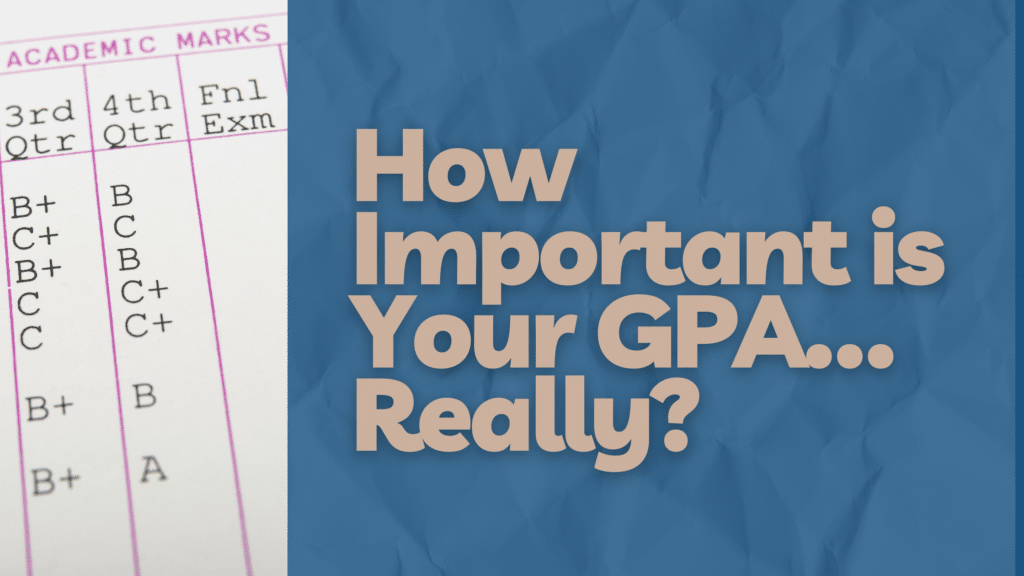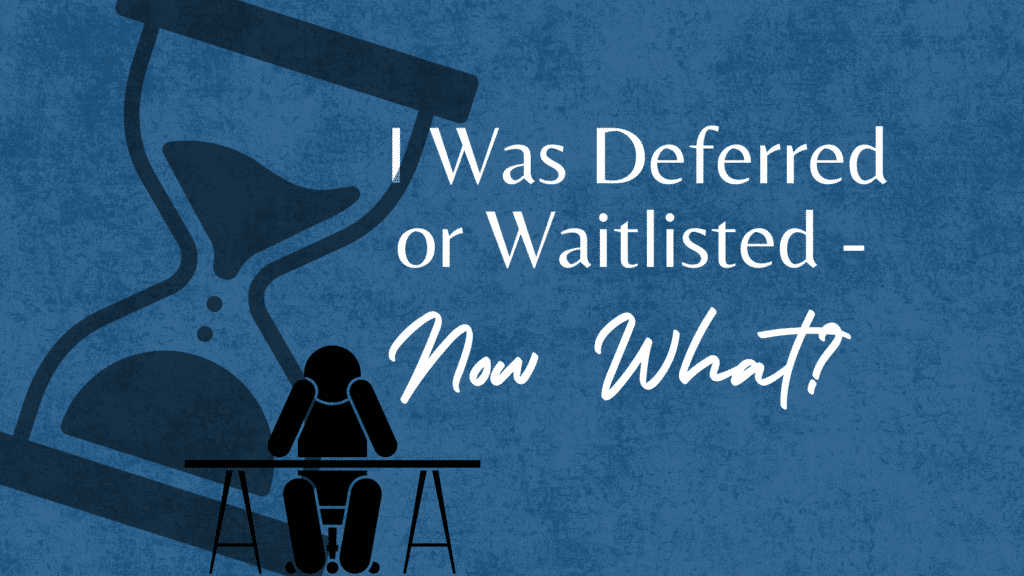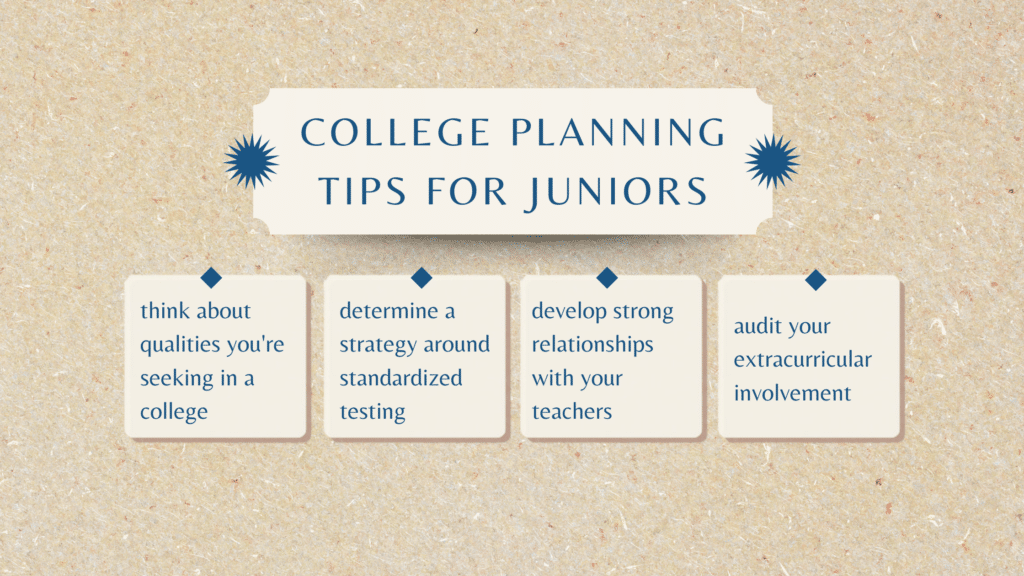How Important is Your GPA…Really?

How Important is Your GPA…Really? When it comes to college admissions, it’s easy for students to get obsessed with boosting their GPA. The focus on GPA makes perfect sense—after all, grades are ingrained into our educational system as a metric of success and are generally considered to be the most important aspect of a student’s […]
What makes a college “good”?

What makes a college “good”? In early college planning meetings, nearly every student says they want to attend a “good college.” Seems reasonable. After all, who wouldn’t want to attend a “good” school? But, when we ask students to define what a “good college” means to them, they’re usually hard-pressed to define the term. Upon […]
What If I Don’t Know Exactly What I Want to Study?

Pressure to have life figured out What If I Don’t Know Exactly What I Want to Study? High school students often report feeling lost or frustrated because they don’t know exactly what they want to study in college or what career to pursue afterward. It may even seem like everyone else has it all figured […]
I Was Deferred or Waitlisted – Now What?

I Was Deferred or Waitlisted – Now What? After waiting and waiting for college admissions decisions, students often eagerly click on their admissions update only to discover that their application has been deferred or waitlisted, leading to even more waiting. Deferrals and waitlist decisions are increasingly common as colleges thoughtfully shape their incoming classes from […]
Five Simple Steps Every High School Junior Should Take Before Winter Break Ends

Five Simple Steps Every High School Junior Should Take Before Winter Break Ends As the semester draws to a close, high school juniors have a lot on their plates. Finals are looming, and everyone is rushing around getting ready for the holidays. It’s tempting to push preparing for the college admissions process to the end […]
What High School Juniors Need to Know About Extracurricular Involvement

What High School Juniors Need to Know About Extracurricular Involvement Back in the dark ages when many parents of high schoolers applied to college, college-bound high school students strived to become well-rounded. Typically, this adjective applied to someone who played one sport, belonged to one school club, and was involved in some sort of community […]
What High School Juniors Need To Know About Standardized Testing

What High School Juniors Need To Know About Standardized Testing Let’s just put it out there…standardized testing doesn’t fit most teenagers’ idea of fun. That’s especially true for busy high school juniors, who are striving to get the best possible grades and deepen their meaningful extracurricular involvement. Because the majority of U.S. colleges do not […]
College Planning Tips for Juniors

College Planning Tips for Juniors High school juniors have a lot to manage. The college admissions process may feel far away, but it will be here before you know it. Just one year from now, most (or all) of your college applications will already be submitted. Let that sink in for a minute! A lot […]
When to Use the Additional Information Section

Maximizing the Common App: When to Use the Additional Information Section Colleges applications ask for A LOT of information! Nevertheless, students sometimes feel like they need to say more in order for the colleges to truly understand their qualifications or circumstances. Most applications, including the Common App, offer students an opportunity to provide this additional […]
MYTH #12: A deferral means the student is never getting into a particular school

Debunking Common College Admissions Myths

